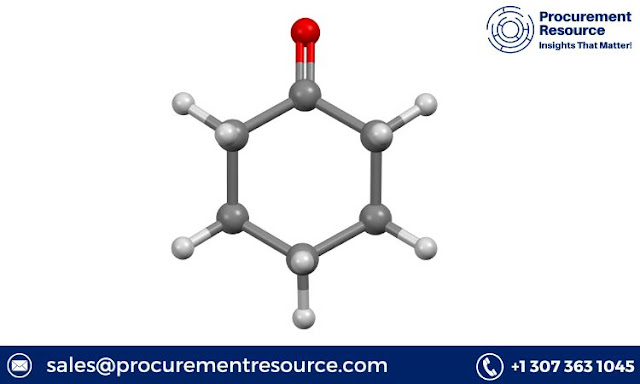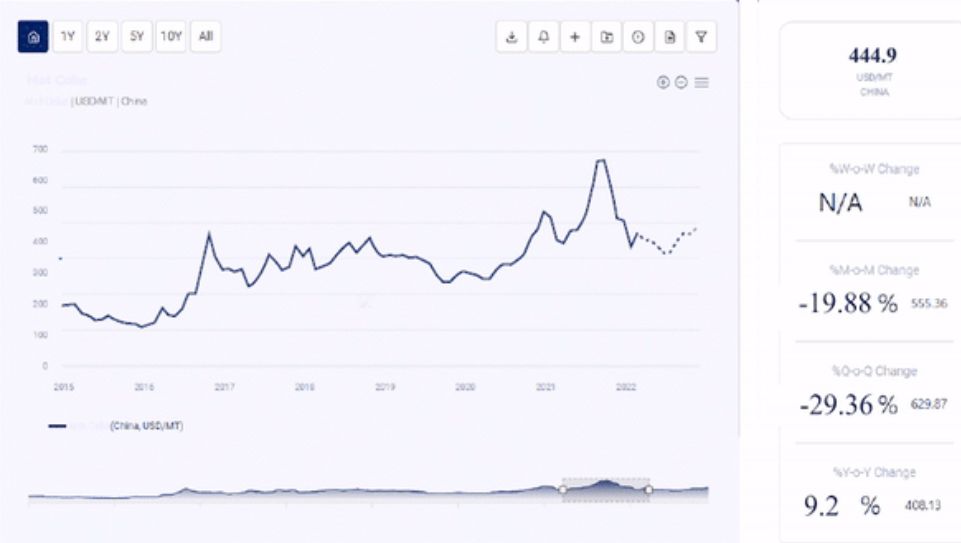The diamond industry stands as one of the most intriguing sectors due to its intricate production processes and the value associated with its end product. Understanding the cost analysis of diamond production is crucial for businesses operating in this field. This comprehensive report aims to dissect the procurement resource assessment, product definition, market drivers, and a thorough cost examination within the diamond production industry.
Request For Free Sample: https://www.procurementresource.com/production-cost-report-store/diamond/request-sample
Procurement Resource Assessment of the Diamond Production Process
The procurement resource assessment in diamond production involves a meticulous evaluation of the resources required at each stage. From the initial stage of mining to the final stages of processing and polishing, the assessment encompasses the identification and allocation of resources such as manpower, machinery, land, and energy resources. Understanding and optimizing these resources play a vital role in controlling the overall cost of production.
Product Definition
In the realm of diamond production, the product definition encompasses a detailed analysis of the types of diamonds being produced, including their quality, size, color, and shape. This step determines the target market for the diamonds, guiding the entire production process from mining to the final product. The accuracy of this definition influences the production cost, as it impacts the selection of mining sites, processing techniques, and eventual pricing strategies.
Market Drivers
Market drivers in the diamond industry encompass a multitude of factors that significantly influence production costs. These include global demand and supply dynamics, fluctuations in diamond prices, technological advancements in mining and processing, and even socio-economic factors impacting consumer preferences. Understanding these drivers is imperative for companies to adapt their production strategies, ensuring cost-effectiveness while meeting market demands.
Examining the Costs of Diamond Production
The analysis of diamond production costs involves a multi-faceted approach. It encompasses the costs incurred at each stage of production, including exploration, mining, sorting, cutting, polishing, and distribution. Factors such as labor, equipment, energy consumption, transportation, and compliance with regulations significantly impact these costs. Identifying cost inefficiencies and optimizing processes in each stage is crucial for controlling overall production costs.
Looking for an Exhaustive and Personalized Report
In the dynamic diamond industry, having access to a comprehensive and personalized report is crucial for businesses. Such a report should provide in-depth insights into cost structures, industry benchmarks, and strategic recommendations. This tailored information will enable companies to make informed decisions, optimize production processes, and ensure cost-effectiveness in their operations.
In conclusion, a thorough understanding of the cost analysis in diamond production is pivotal for businesses looking to thrive in this industry. By comprehensively examining procurement resources, product definition, market drivers, and the costs involved, companies can make informed decisions to enhance their operational efficiency, reduce costs, and meet market demands effectively. Access to a personalized and exhaustive report becomes a critical tool in substantiating business strategies and maintaining a competitive edge in the dynamic diamond market.








 The food industry utilises aluminium sulphate as a firming agent, and animal feed uses it as a bactericide, which have an impact on its pricing trends.
The food industry utilises aluminium sulphate as a firming agent, and animal feed uses it as a bactericide, which have an impact on its pricing trends.

